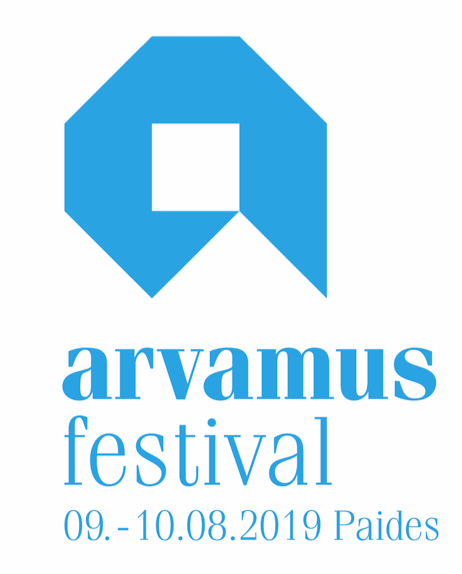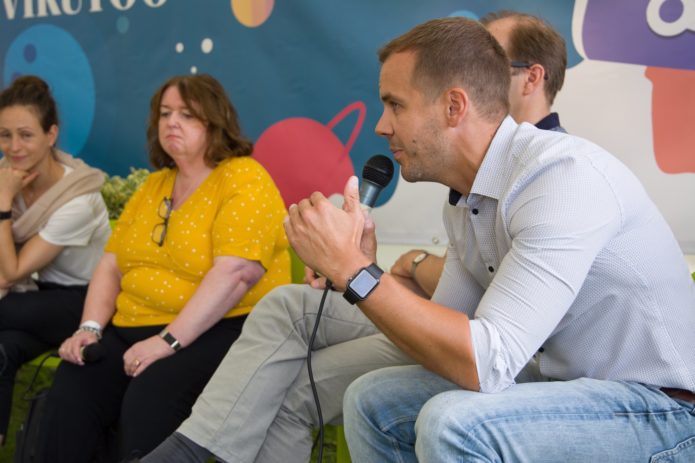When talking about smart cities, there’s a need to focus in on specific problem and solutions, given that it is such a broad subject matter with so many potential tangents. The panel on the talk by the Estonian Entrepreneurship University of Applied Sciences, ‘Rethinking the Smart City’, understood this, and looked at how various technological and non-technological solutions could help society in a city context.
Jacqui Taylor, a UK security expert, said, “only 9% of security professionals in the world have any experience in any business. Deep-dive cyber. No experience in what we’re talking about.” She said that the difficulty for many was putting theory into practice, and that there was a need to phrase and plan technological solutions in terms of the problems they would solve for people living in population centres, and in terms of their value to society, while still not compromising privacy.
Teet Raudsep, Head of Customer Experience at Ülemiste City, the Tallinn business district that he said had been built entirely using private funding, stressed the need for any solutions to have a problem in mind, along with value for all. “It has to take into account what the solution is going to solve. I talked earlier about the parking solution. You can see somewhere here [on show at the festival] a snow robot, that will probably be cleaning our parking lots next winter. This is right now a nice-to-have thing, it doesn’t bring us money back directly, but indirectly people feel better in their environment.”
“The solution has to bring some value to the end user, it has to be sustainable from the perspective of finances. Also we want to bring solutions that are not tech solutions, but help the environment, such as plastic bags. There was an initiative in Ülemiste City to change plastic boxes to reusable boxes, for example. We need to change the mindset of everyone to how it is possible to help the environment with the choices they make. It’s not enough to be tech-savvy, there are thousands of tech solutions we could implement, but it doesn’t make sense if it doesn’t have any value.”
Grete Arro, a Research Fellow at Tallinn University and a member of urban community organisation Telliskivi Selts, talked about the factors that can decide whether people are happy or unhappy living in a city, and what can change life for the better. “Researchers in Berlin,” she said, “found that the further from nature people were, the more susceptible to stress they were. When the city is green, it buffers you from being unhealthy if you are poor.”
The audience was keen to get answers to their questions, and in answer to one, Jarek Kurnitski, an academic at Taltech, pointed out the need for change in Tallinn’s public transport infrastructure, and also Estonia’s. “In the Estonian context, 60% of smart city issues are related to transport. It’s really a bottleneck we have now. It’s not just an infrastructure issue, we need to build new roads, new trams tracks, but also it’s the capacity of buses and trams, and it’s about routing.”
“The evidence base is not often used in planning in Tallinn, most routes start off from one side of the city and will go to the city centre, but let’s say from Pirita to Mustamae, one side to the other side, if people lose 15 minutes from one side to the other, changing transport, they won’t bother with that. When I’m driving to Taltech , I take the car and sit in traffic jams, but what would persuade me to take the bus would be if there were a bus connection from Pirita to Mustamae, if capacity were increased by 20-30% to have less people on buses, shorter intervals, and air conditioning. If buses don’t have air conditioning, don’t expect people to switch from their car, which does. Public transport should provide exactly the same or better quality than private transport.”

